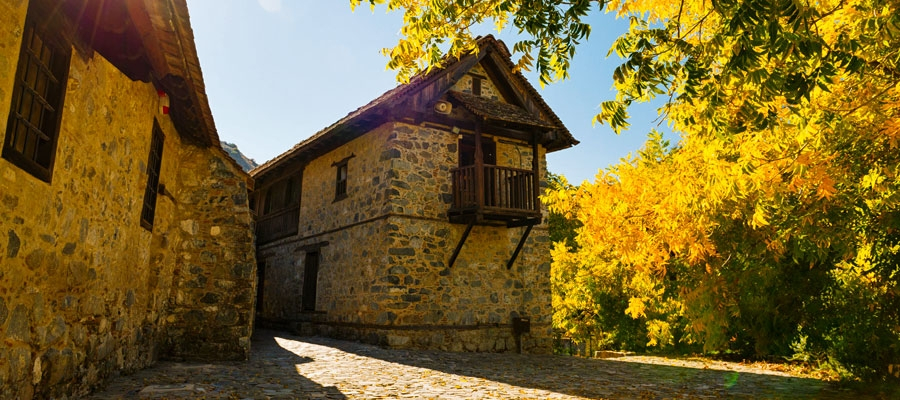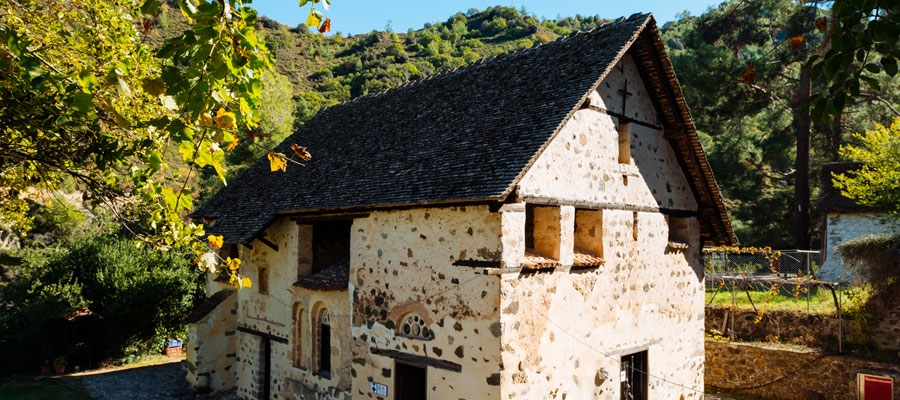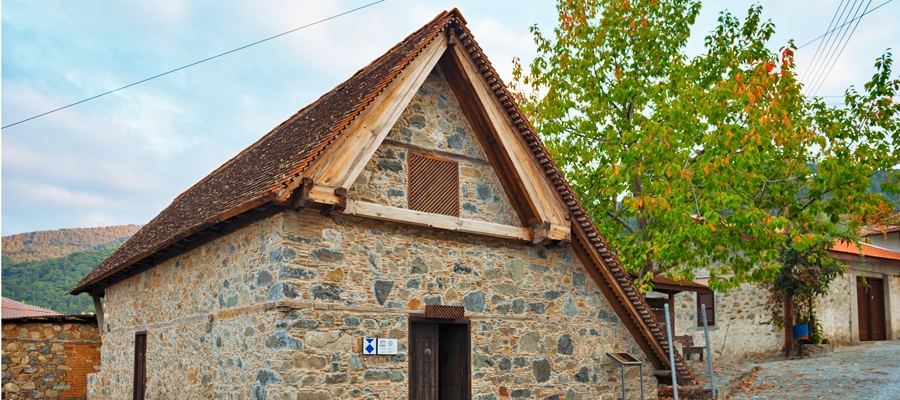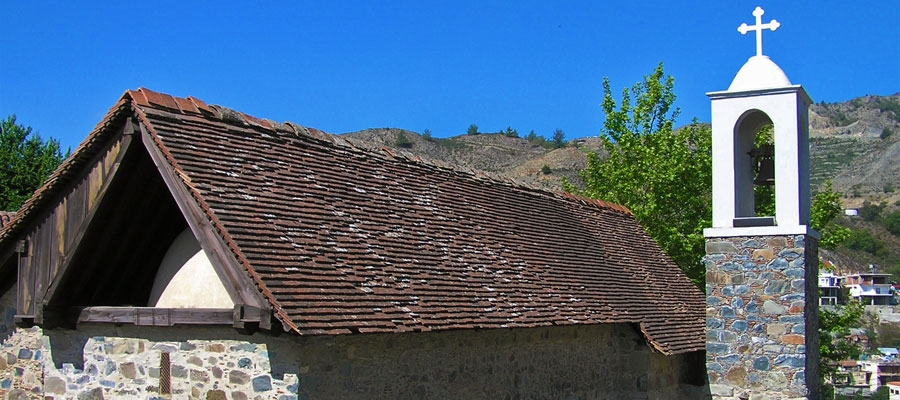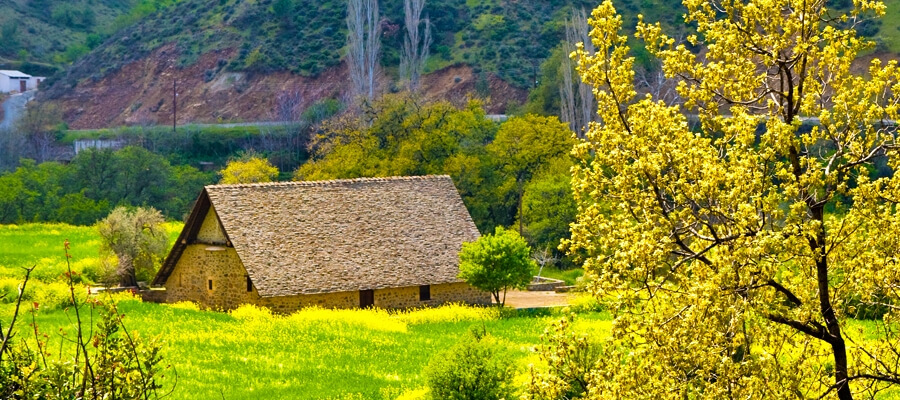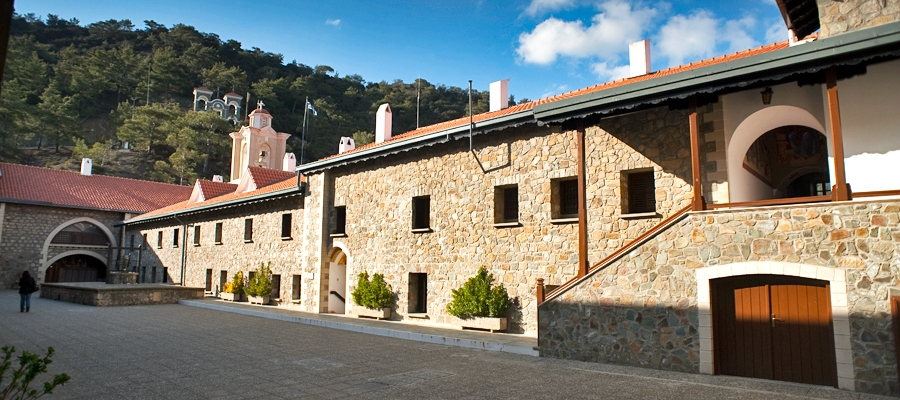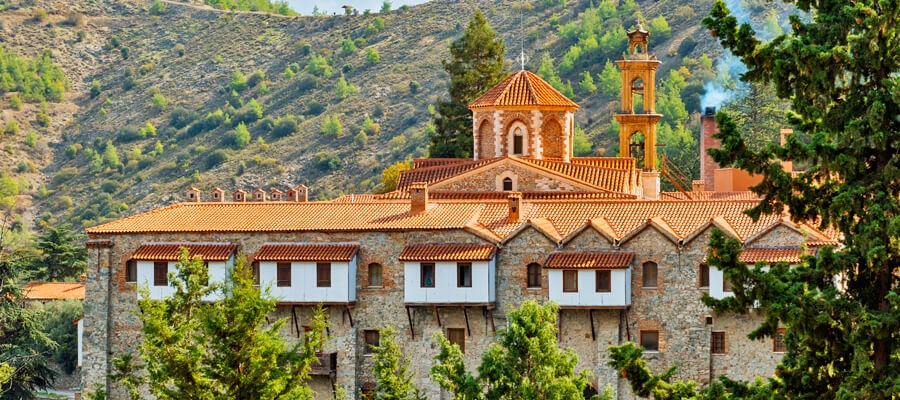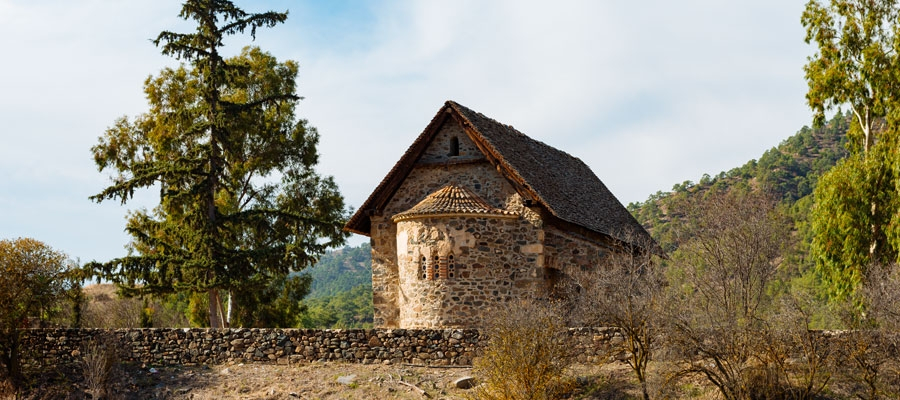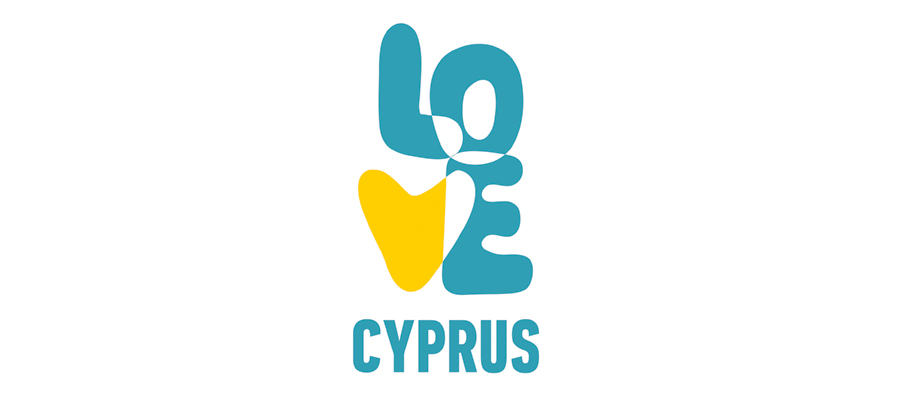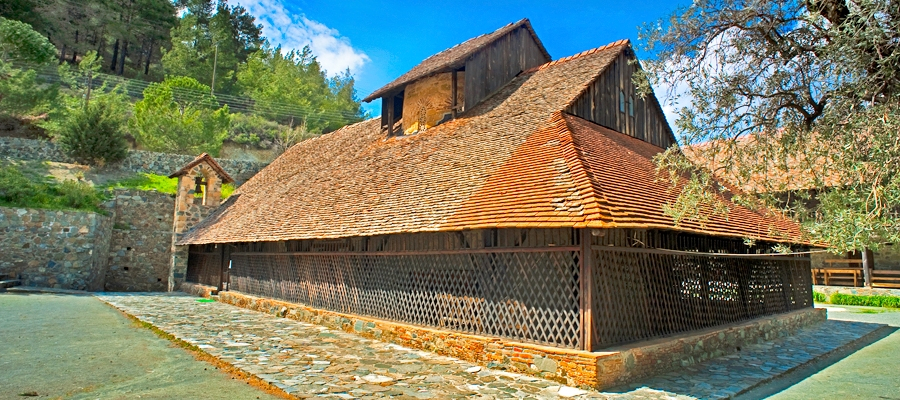Originally a monastery, this UNESCO World Heritage Site is a complex of three churches – Ioannis Lampadistis, Agios Irakleidios and a Latin chapel – all under a single, enormous timber roof.
Located in the Troodos valley of Marathasa (just off the village of Kalopanagiotis), the precise date of the monastery’s foundation is not known, and the building complex that survives today has undergone extensive reconstruction and restoration at different periods.
The church of Agios Ioannis Lampadistis was built in 1731. The saint’s tomb, which dates to the 12th century, can be found under the narrow north-eastern arch, and the saint’s skull lies in a niche. The icon of Lampadistis dates to 1543. A very interesting Byzantine museum can be found near the church.
The church of Agios Irakleidios was built in the 11th century, while its frescoes date to the 13th and 16th century. The ancient wooden templon is particularly noteworthy and is covered with gargoyles, including a heraldic Lusignan lion and Byzantine eagle.
The Latin Chapel contains the most complete series of Italo-Byzantine paintings in Cyprus.
Monastery of Agios Ioannis Lampadistis – Audio Guide
| Region: | Troodos area [Lefkosia (Nicosia) district] |
| Address: | Kalopanagiotis village |
| GPS coordinates: | Lat: 34.99232 Lon: 32.830193 |
| Contact No: |
Byzantine Church, Tel: +357 22 953 460 Byzantine Museum, Tel: +357 22 932 414 |
| Operating Hours: |
Byzantine Church: September – April, daily: 09:00 – 13:00 / 15:00 – 17:00, May – August, daily: 09:00 – 13:00 / 16:00 – 18:00 Byzantine Museum: October – February, Monday – Saturday: 10:00 – 15:30, March – May, Monday – Saturday: 9:30 – 17:00, June – August, Monday – Saturday: 09:30 – 18:00, September, Monday – Saturday: 09:30 – 17:00, Closed on Sunday. |
| Operating Period: |
All year round. Closed on Public Holidays. |
| Entrance Fee: |
Byzantine Church: Free Byzantine Museum: €1,00 |
| Disabled Access: | Entrance ramp. |
| Website: | www.mcw.gov.cy/da |
| Opening and closing times as well as entrance fees, are subject to alterations without notice. Visitors are advised to check before visiting. |

